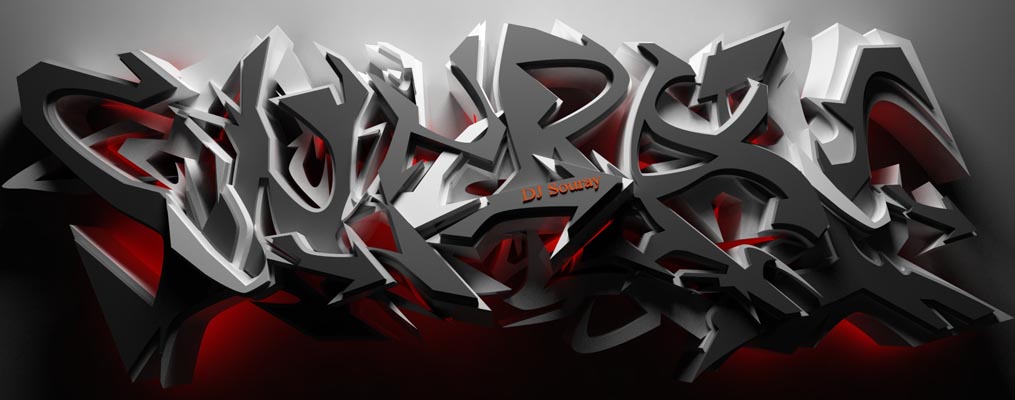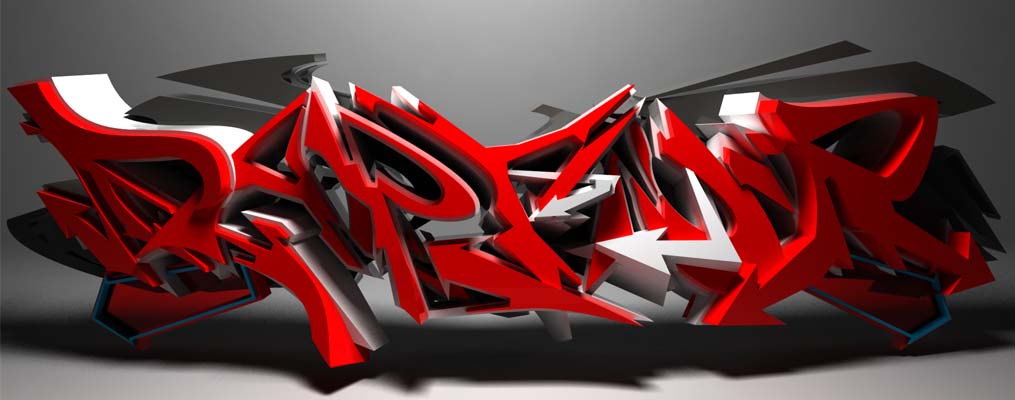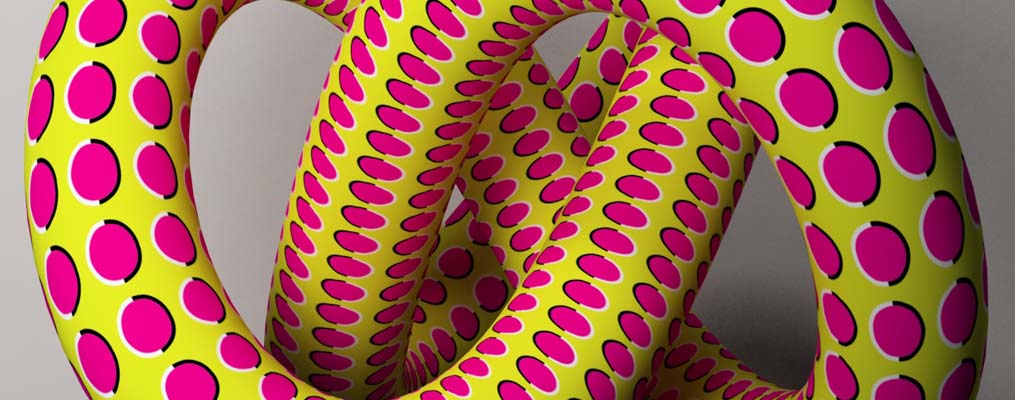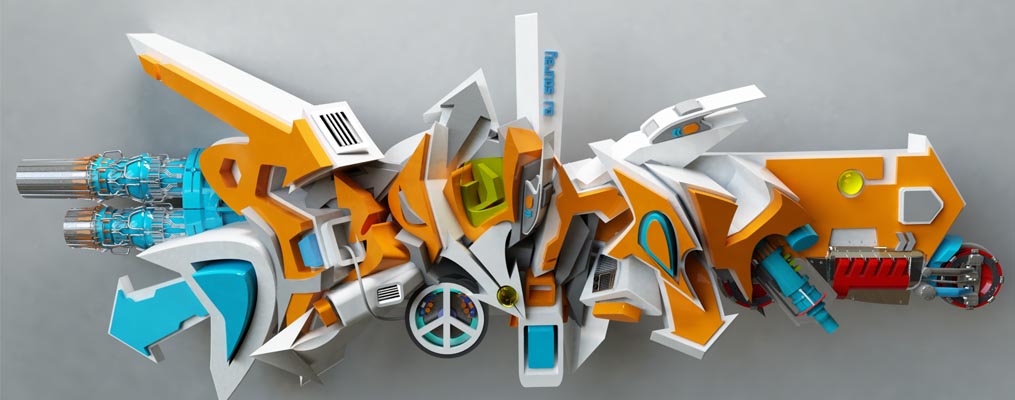How forgers get away with it
German and Israeli police made dramatic swoops last month, raiding dozens of premises and arresting six people in Germany and 18 in Israel as part of a massive bust on a suspected art forgery ring. According to the police, the band was responsible for faking at least 400 works of art by highly-prized Russian artists and dumping them on the market. Among them were two paintings, worth an eye-popping 2m euros ($2.6m), that had been sold through a now defunct German gallery.
Only two years ago German police had smashed another forgery ring, which for decades had been producing rip-off works of European modernist artists such as Fernand Léger and Georges Braque. The counterfeiter, Wolfgang Beltracchi, is currently serving a six-year jail sentence for his activities.
Meanwhile in the US, a huge scandal is swirling around dozens of works sold through the Knoedler Gallery, one of New York’s oldest art dealers. It suddenly snapped shut last year after accusations that it had been selling phoney works by the highest-priced American painters – Jackson Pollock, Mark Rothko and Willem de Kooning among others. No fewer than six lawsuits – one for $50m – by former clients have been brought against the gallery, which denies any wrongdoing. And these cases are just the tip of an immense criminal iceberg of art forgery, which police estimate is now worth billions of dollars a year. So worrying is the problem that Interpol held its first conference on the subject last year.
Scam artists
The reasons for the current escalation in faking are not difficult to identify. With the massive rise in the value of art, the temptation to get a chunk of the action is obvious. And the price hikes are overwhelmingly in the field of 20th-Century art – which is much easier to fake than the Old Masters. For older works, unmasking forgeries is getting easier, thanks to advances in dating techniques and technical analysis.
But ancient artefacts are very hard to date. Stone is old, so the only analysis can be to search for traces of pigment – or work out if mechanical tools were used. And yet the whole British art world was humiliated in 2006 when a family living in a modest council house in Bolton in the north of England produced an alabaster statuette and sold it to the local museum for over £500,000 ($750,000) as a 14th-Century BC Egyptian antiquity. Before the scam was exposed, the ‘Amarna Princess’ had been authenticated by the British Museum, sold through Christie’s auction house, funded by two national bodies, accepted for a tax break and published as a major acquisition in venerable art journal, The Burlington Magazine.
Provenance – the history of a piece – is all-important in persuading buyers something is genuine, and the Bolton fakers had also manufactured a long trail of documents. Other forgers have seized on the golden opportunity offered by the massive disruption of two world wars. In the recent case in Germany works by Natalia Goncharova and Wassily Kandinsky were targeted. Amir Kabiri, president of the MT Abraham Foundation, which owns Russian avant-garde works of art, explains: “From 1932 until the Perestroika period, avant-garde art was banned from being traded, collected or exhibited. This encouraged forgers to fabricate provenances during that period of 50 years, since very few records, if at all, existed." Since the fall of communism, Russian buyers have been clamouring to buy back their heritage – and have the resources to do so. The world record for a Kandinsky now stands at over $20m and for a Goncharova at over $10m, so the potential pickings for a forger are juicy.
Buyer beware
While it is easy to understand why fakers are so busily at work, what is more puzzling is how gullible the buyers are. The answer often comes back to the same motivation as the counterfeiters themselves: greed, or the temptation to grab a bargain. “We are never more likely to be vulnerable to a cheat than when we ourselves are trying to diddle someone out of a masterpiece,” wrote the critic James Fenton in 2007. Dodgy works are often temptingly priced, and instead of alarm bells ringing, people think they have got lucky and decide to pounce before someone else does. And they are not always wrong: genuine bargains do indeed turn up in garage sales or go unrecognised in country auctions.
Chris Marinello of the Art Loss Register, an international database of stolen and missing works, adds: “Buyers refuse to perform even the most basic due diligence before spending a fortune on fine art; they will often spend more than the cost of a house without doing any pre-purchase reconnaissance.”
Wanting something is another powerful motivation, leading buyers to ignore the evidence under their own noses. Nazi leader Hermann Goering, who was determined to build the greatest art collection in Europe, paid a mighty 1.6m guilders (about $8m today) for Christ with the Adulteress, by the famed Dutch painter Jan Vermeer, in 1943. It was in fact by the drink- drug-addled forger Han van Meegeren (1889-1947. Despite the work being a blatant fake – to modern eyes – Goering badly wanted a Vermeer for his collection. In the Bolton case, the museum that bought it was desperate to add the statue to its display of Egyptian antiquities.
All this is compounded by the problem of expertise: before Van Meegeren was unmasked, many experts had proclaimed that his forgeries were masterpieces. Even for modern works, the specialists don’t necessarily agree. Christie’s for instance, still believes that a painting of a buxom nude, which it sold to a Russian oligarch in 2005, is by the 19th century artist Boris Kustodiev. However after a bitter legal battle, which saw experts on both sides have their say, the court decided that “on balance” it thought it was not; Christie’s was ordered to refund the buyer and had to pay an extra £1m ($1.5m) in costs.
What is deeply worrying in all this is how many undetected fakes are still out there. Beltracchi was only prosecuted for 14 forgeries – he has stated that he faked hundreds of other works, but refuses to give more details. As the artist Théodore Rousseau once said: “We can only talk about the bad forgeries, the ones that have been detected; the good ones are still hanging on the walls.”





